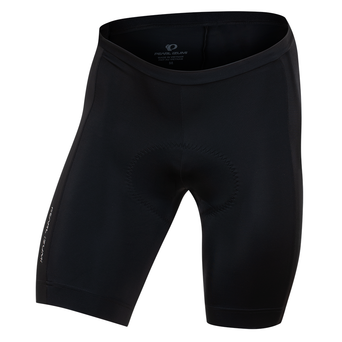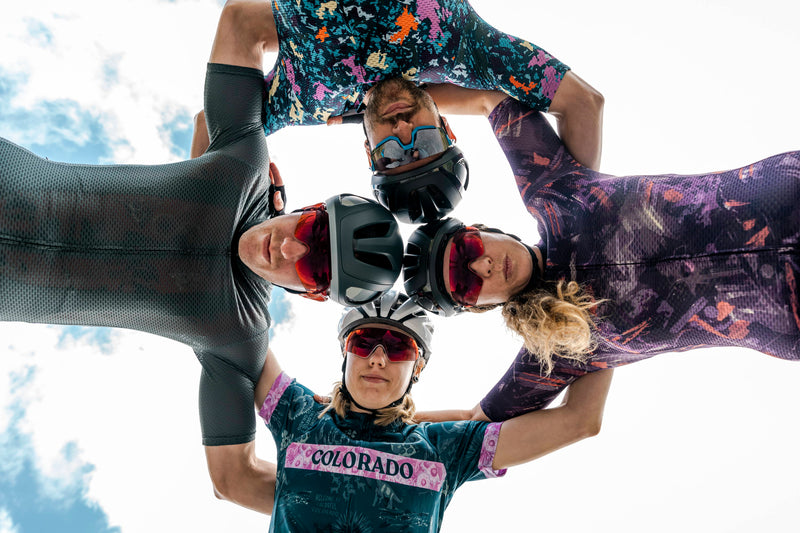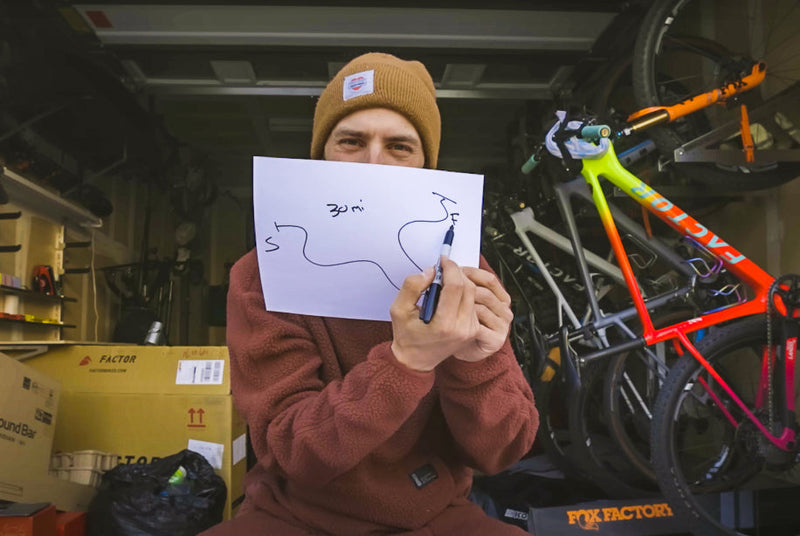
As we approached the summit of Punta Chaligne, Italy, my mind was bobbling between a state of blackout and my newfound suffer-chant on repeat. For 35-miles we had been slowly grinding up 6000’+ vert of rugged terrain in the Alps and our goal was finally in sight.
Endurance athletes are all too familiar with this state of being when your mind and body are completely at odds with each other. Pain and suffering consume the body, and in response, the mind struggles to take hold and carry –somehow, someway. Once you’ve entered this delicate state, you must learn to master the mind to keep pushing because the moment you tell yourself you want to quit, it’s all over.

As I struggled with each and every footstep, precariously balancing my Yeti on my back, our photographer @iandavidf was effortlessly running circles around us (literally) in order to capture the moment just right. Why does it seem like some athletes are so much better at suffering than others? Because they are. There are endless tests out there to evaluate an individual’s physiological parameters – the infamously miserable VO2 max test, power vs cadence, ideal heart rate zones, lactate threshold tests for muscular fatigue, and on and on. But at the end of the day, how much do those results really matter? There are countless instances where the athlete with the lowest parameters (take Christan Vande Velde for instance) makes the most incredible feats all because their mind is stronger than the body. Their willpower to push through the suffering, to endure and enjoy, is what brings them to the finish line. In the past decade, endurance scientists are more and more surprised by the mind’s power over it all. Dr. Tim Noakes (one of the world’s most highly respected exercise scientists) and many others are starting to discover that those physiological parameters only play a small role and that the mind is the true master behind it all. According to Noakes, symptoms of pain and suffering are solely generated by your brain, and if you can learn to train the brain to adapt and be comfortable with those sensations, you can learn to move beyond them. The team at University Hospital of Ulm, Germany has been working on a mobile MRI in order to track neurons in the brain during endurance sports, the results of which will be extremely revealing to the brain’s true role in “suffering” and likely prove Noakes and similar scientists’ theories correct.
Most exercise scientists agree that endurance performance cannot be so simply boiled down to numbers. Our willpower is what pushes us beyond our physiological parameters, to endure the physical suffering and (if possible) find a state of enjoyment. And for many of us, that practice of enduring the pain and suffering is a sick and demented part of what we love about it all. After pushing through a challenging day on the bike, we feel a deep sense of accomplishment, passion, and meaning, and find ourselves yearning for more, telling ourselves “that wasn’t SO bad.” I think what we do on the bike, translates to what we do in life, and deep down, we know the power in that.

Whether the suffering is what you enjoy deep down, or it’s just a means to an end (the rewarding DH, the podium, the finish line), we can all agree that it’s a necessary component of mountain biking. If our physiological parameters are more or less set, how can we grow our mental parameters, like Noakes suggests, in order to deal with the suffering? Everyone has their own mental tactics that work best for them. If you’re reading this, you’ve likely already discovered yours over the years but below is a list of some that seem to work best:
- Set small goals such as breaking it down into one-mile chunks
- Counting pedal strokes until the next object (tree, rock, etc.)
- Think of something MUCH worse than your current pain (toenails being plucked, a 50lb pack on your back, etc.)
- Telling yourself positive things “you know you can do this”, “you’re stronger than this”, just like a professional coach would
- Think of yourself as the world’s strongest superhero
- Complete detachment (don’t look at any tracking devices or numbers)
- Go on autopilot and don’t let the pain even register
- Comforting repetitive chants or song lyrics
- Seemingly powerful reasons to keep pedaling or take another step
- Play games/tricks on yourself (create a story)

“It’s a strange thing to crave suffering but once you’ve tasted the depth and joy the ‘pushing through’ can bring…there’s no going back. I try not to focus too much on the end goal (though sometimes reminding yourself of the summit view, or the no-guilt ice cream later can help) and do my best to stay present in the moment. Life tends to go by too fast, and when you’re living one step or one pedal stroke at a time, you get to be fully immersed…enjoy it. When that becomes impossible, count steps, play dumb little mental games, and let horrible pop songs chorus’ repeat in your head”
– Ian Fohrman

Often times the last kilometers, when the pain is peaking, are miraculously our fastest. When our body should, in theory, be slowing down and the governor kicking in, we dig deep for that mental reserve and somehow find a way to push harder. That day in Italy climbing up to Punta Chaligne, I kept telling myself, “these guys may have greater physical parameters but my mind is stronger and I WILL reach this summit right on their heels.” I put my chant on repeat, counted each step to the summit and did just that! And the descent…well, it was one of the best I’ve ever had!
Train your brain to #EndureAndEnjoy and you’ll be rewarded in many ways!

All photographs courtesy of Ian David Fohrman. See more of his work @iandavidf.





